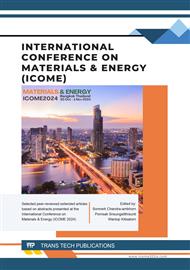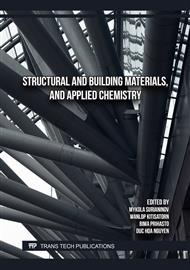p.63
p.75
p.85
p.93
p.101
p.109
p.115
p.123
p.133
Optimization of Carbon Black Content in Nitrile Rubber for Enhanced Mechanical Properties and Sealing Performance in Rotary Shaft Seals
Abstract:
This study investigates the influence of carbon black content on the mechanical properties of Nitrile Rubber (NBR), with a focus on applications in rotary shaft seals. NBR blends were prepared with varying levels of carbon black (40, 45 and 50 phr) and characterized to assess changes in hardness, tensile properties, compression set, and abrasion resistance. The results indicate that increasing the carbon black content enhances the hardness, tensile strength, and abrasion resistance of the NBR elastomers, which is beneficial for high-wear applications. However, this improvement in mechanical strength is accompanied by a higher compression set, suggesting a potential reduction in sealing efficiency due to diminished elasticity and recovery after deformation. The study highlights the critical need for optimizing carbon black content to achieve a balance between mechanical durability and effective sealing performance, ensuring the reliability of NBR elastomers in demanding rotary shaft seal applications.
Info:
Periodical:
Pages:
123-129
Citation:
Online since:
December 2024
Authors:
Price:
Сopyright:
© 2024 Trans Tech Publications Ltd. All Rights Reserved
Share:
Citation:



